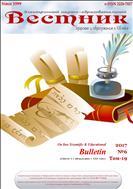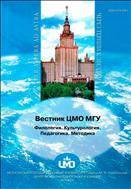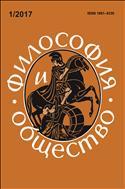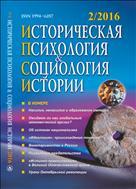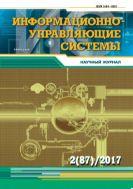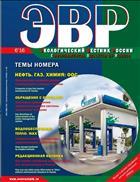Dynamics of the isoenzyme composition of peroxidase and pigments in the needles of the introduced species of Picea (L.) Karst. in the taiga zone (Karelia)Dynamics of the isoenzyme composition of peroxidase and pigments in the needles of the introduced species of Picea (L.) Karst. in the taiga zone (Karelia) 
The study was conducted at the Botanical Garden of Petrozavodsk State University (middle taiga sub-zone). The subjects of the study were an indigenous species (P. abies (L.) Karst.), and five introduced species (P. pungens Engelm. f. glauca Regel., P. pungens Engelm. f. viridis Regel., P. glauca (Mill.) Britt., P. omorica (Pane) Purk., P. mariana Britt., P. obovata Ledeb.). The study established high variability of the isoperoxidase spectrum in the Picea species needles during the circannual cycle. Molecular forms of peroxidase typical for growth and dormant periods were determined. Some Picea species were found to have isoenzymes appearing only during the deep dormant period. An increase in the heterogeneity of the needles isoperoxidase spectrum and appearance of molecular forms of the enzyme typical for the dormant period were observed in the indigenous and introduced Picea species in the course of adaptation to unfavorable winter conditions. The isoenzyme system rearrangement ensures plants tolerance to external factors and homeostasis regulation. The content of chlorophyll and carotenoids in the needles of the studied species undergoes significant seasonal changes and is largely determined by their biological characteristics. Pigments concentration naturally increases by the end of the vegetative period and decreases slightly in winter. The total number of pigments in the needles of the indigenous and introduced species is almost the same, indicating a similar rate of stock formation. By the dormant period, the ratio of chlorophylls to carotenoids increases and reaches approximately the same level in all Picea species. The Picea species introduced in Karelia adapt to low winter temperatures with the same physiological changes as the indigenous ones. These include changes in the isoenzyme composition of peroxidase, the dynamics of the pigments content in the needles, and the ratio of chlorophylls to carotenoids. Potential tolerance of the studied plant species to unfavorable environmental factors is affected by the extreme factor of tension that does not exceed the threshold value |
|
18.08.2025Все новости Стартовала подписная кампания на 2026 годОткрыта подписка на 2026-й год на сайте Пресса по подписке |
ПОДПИСКА НА ЖУРНАЛЫ И ГАЗЕТЫ ON-LINE1
Мы используем cookie. Это позволяет нам анализировать взаимодействие посетителей с сайтом и делать его лучше. Продолжая пользоваться сайтом, вы соглашаетесь с использованием файлов cookie.
Подробнее можно ознакомиться на странице политики конфиденциальности и политики обработки персональных данных.
© 2005-2023 Агентство «Книга-Сервис»
107996 Москва
Протопоповский пер. 19, стр.12
E-mail: public@akc.ru









